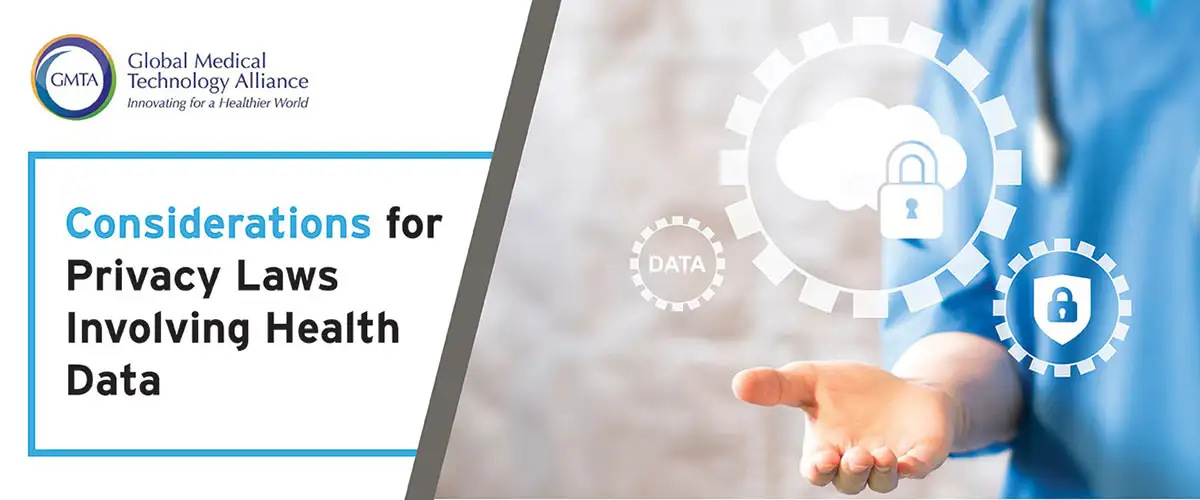
The collection, sharing and use of health data is fundamental to advancing healthcare, research and innovation, ensuring the highest levels of safety and quality that also translate to improved health outcomes at lower total cost. As part of the development of new technologies and as part of their roll-out to healthcare systems, the medical technology (“medtech”) industry develops and is required to process health data. Over the past years, the medtech industry delivered major advances involving digital components relying on data in areas including cardiac pacemakers, deep brain stimulation, sleep disorders, intravascular ultrasound, artificial hips and knees, disease screening and diagnostics, anti-microbial resistance (AMR) testing, glucose monitors, and also solutions that are helping to fight COVID-19 and strengthening pandemic response and preparedness.
Health data also enables new ways of personal management of one’s health and lifestyle. It can be integrated across a variety of platforms to enable better clinical care practice and decision-making. Combining health data from different sources in an appropriate manner can empower people with information to improve their health and deliver more robust evidence for the efficacy of treatments. Data-driven research and innovation has and will continue to deliver benefits across the care spectrum, from diagnosis to cure. In short, the appropriate use of health data brings enormous benefits for people, healthcare professionals, and healthcare systems.
Data flows are critical to the research and development of new technologies, the monitoring of the safety and effectiveness of existing products for providing support services for medical technologies currently in use, and for compliance with regulatory obligations and best practices. In order to be able to effectively and efficiently develop, manufacture, and distribute medical technologies, medtech companies need to be able to operate and collaborate internationally.
The medtech industry is one of the most highly regulated at every stage of device development, from the initial research to the post market surveillance that occurs after the device is on the market. Throughout all stages, numerous safeguards are in place to protect the privacy and confidentiality of the health data, and these safeguards also ensure that data transferred are used only for permissible purposes.